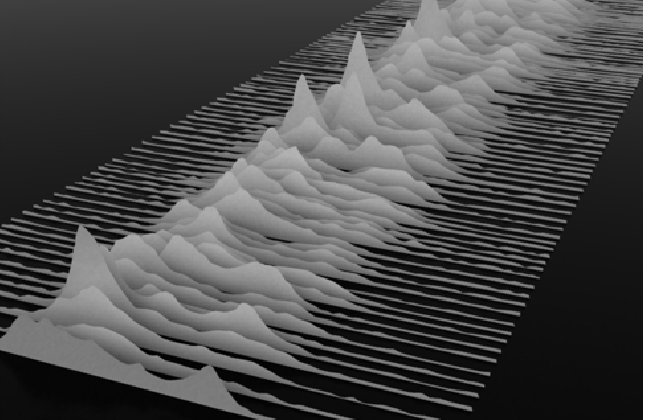How many times have we heard the question “are we alone in the Universe”? Do life exist somewhere else? Do intelligent life exist somewhere? There’s no need to introduce the topic, as countless discussions have been made through the centuries. Still this question remains one of the most (if not the most) fascinating ones about the Universe and astronomers have spent some efforts in the past decades trying to at least narrow down the possibilities.
The Search For Extraterrestrial Intelligence (SETI) is a scientific program that has been ongoing since the ’60s and that uses radio telescopes scanning the sky in search for a sign that would reveal the existence of a civilization other than ours. However, one of the biggest problems of these kind of searches is that a very narrow bandwidth is used so that the power received is concentrated in a small frequency range. The reason why this is done is that if the bandwidth would be larger, then the signal would be distorted in an almost incomprehensible way due to the propagation through the interstellar medium that permeates the Milky Way. Also, the power that a wide bandwidth signal requires (and that should be used by the hypothetical extraterrestrial civilization) needs to be immense, close to the entire power that a star like the Sun radiates in space. Our civilization uses about 1/100.000.000.000.000 of the power emitted by the Sun, so it is hard to imagine how such an advanced civilization, able to harvest all the energy of a star, can be even remotely interested to communicate with a civilization like ours. Beside this, the drawback of the narrow bandwidth is that we are forced to choose a specific frequency and hope to be listening on the right channel.
In a funny to read and interesting paper posted today on the arXiv, a team of astronomers with affiliations in the US (West-Virginia, Berkeley and Green-Bank) and the Netherlands (ASTRON, and Nijmegen) discuss a smart way in which a civilization which is only slightly more advanced than ours could send messages through the galaxy without being able to harvest the total power emitted by its own star.
The trick is, ahem, “simple”: find a suitable pulsating neutron star (radio pulsar), send a satellite out there and modulate the naturally occurring pulsar radio signal with a sort of “astrophysical coding” to transmit information.
Although all this sounds more appropriate for sci-fi rather than astronomy, the way in which such modulation can be generated is rather simple and plausible, assuming there is a civilization out there able so send a satellite to the pulsar: put the satellite in synchronous orbit with the pulsar, intercept the pulsar radio beacon and modulate it. This can be done with few meter sized satellites, so why not.
The problem here is that this system works only for very specific (and a-priori unlikely) geometries of the pulsar radio beacon, i.e., those were the beam is orthogonal to the rotation axis of the pulsar . For typical geometries then the civilization needs to build a “Dyson sphere” a hypothetical mega-structure that a civilization can build around a star (in this case a pulsar) to capture all the energy emitted. In this case the sphere is built to modulate the pulsar signal rather than for energy harvesting purposes. Since pulsars have radii of only 10 km, a Dyson sphere around a pulsar is much more technologically feasible (whatever this means…) than building the same structure around a normal star like the Sun.
The interesting part of the paper is that the authors propose a number of observational tests that can be done on known radio pulsars to determine whether such a modulation is present. So now all we need to do is to start looking for such a signal, and who knows? Maybe, without being aware, an intelligent signal has been already present in the recorded radio pulsar data for decades…
Alessandro Patruno is a researcher at the Leiden University working in the field of compact objects (neutron stars, black holes and white dwarfs) and high energy astrophysics. In his blog Astrosplash Alessandro discusses news in his research field and posts updates on his work.
